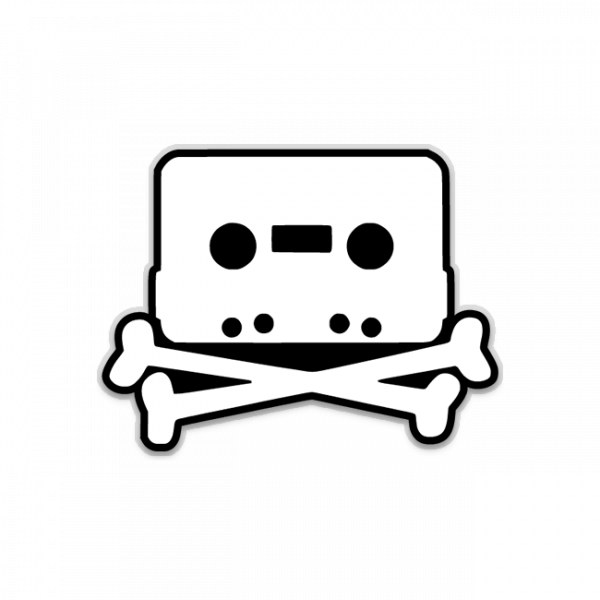

So, OP is downloading a torrent containing a sequential zip file?
We’re in !jellyfin@lemmy.ml so OP is talking about downloading a media file (.mkv, .mp4, etc.). I don’t think Jellyfin can play .zip files (?) but could be wrong.
So in the filesystem envision a .mkv movie file that exists but is only say 1% complete so maybe it is currently at 1 MB file size. This is a sequential download so it is downloading in order from beginning to end. Media players like Jellyfin, VLC, etc. can recognize and play this .mkv file, normally it’ll stop when it gets to the 1% data end which could be maybe 3 minutes of playback or whatever.
The magic with a sequential download is that it is still downloading, in OP’s case the download is going faster than the media playback. So by the time Jellyfin finishes playing that first 1% of the file the torrent client maybe already downloaded an additional 10% so Jellyfin continues playing the file uninterrupted. Meanwhile the torrent client is still going, since the download rate is ahead of Jellyfin’s media playback that should mean that Jellyfin will eventually play the entire .mkv movie file uninterrupted from beginning to end.
You can sequentially download .zip files as well, in that case it’ll just be this blob of data that starts at the beginning of the file data & goes through to the end. Not sure that is very useful to most people but if the sequential download grabbed the first/end pieces of the file maybe you can at least view the inside file listing of the .zip file before it finishes downloading, could be useful if you just want to preview it before the download completes?
When I’m downloading .part zip files as part of one torrent, how can I go about continuing seeding but not having to have both the archives and the extracted files to save space? Is that even possible?
Normally not possible, you need the untouched torrent data to exist to continue seeding.
No experience with this but I’ve read that if you’re on Linux using a filesystem with FUSE you could sort of keep .zip files intact while still interacting with them, sort of like mounting the .zip files in the live OS. That might be more along the lines of what you’re after since you’ll be able to keep the .zip files untouched in that sense while still being able to use them elsewhere.



Jellyfin should work fine for what you’re looking for. I haven’t run it on a Pi but it should work on that. You’ll be able to play music using the web ui as well as mobile apps if that’s your thing. It can also transcode on the fly so if your current browser/device/whatever can’t play .flac directly it’ll automatically transcode the playback to .mp3 or whatever it needs to be.
There are some other self hosted music/streaming projects you could take a look at that are much more built out for music playback specifically. Look into Airsonic-Advanced or Navidrome for example - I’ve been meaning to check them out myself but haven’t gotten around to it yet.